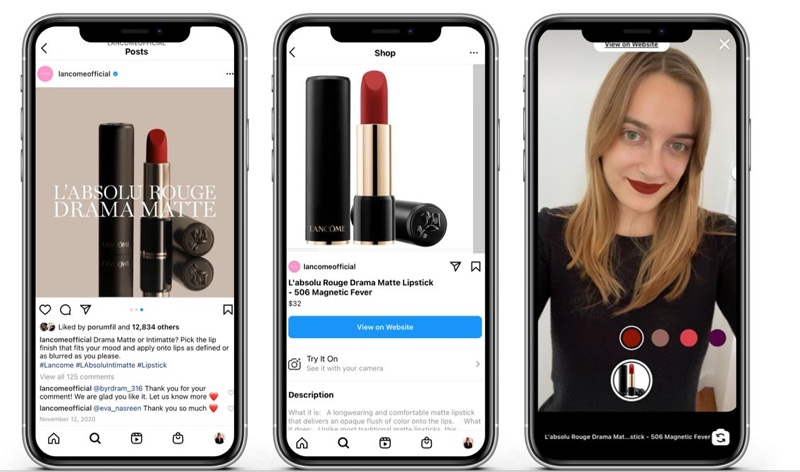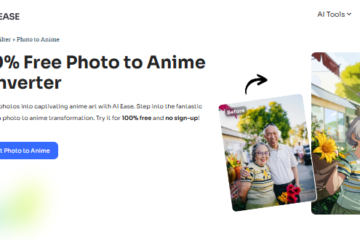As the digital landscape evolves, online businesses and marketers are continuously seeking innovative strategies to enhance brand visibility and drive sales. One such strategy that has gained significant traction is Virtual Try-On (VTO) technology. By integrating augmented reality (AR) into social media campaigns, businesses can create immersive experiences that not only engage potential buyers but also enhance brand loyalty and improve conversion rates. This article outlines how online businesses can effectively leverage VTO in their social media marketing efforts.
Understanding the Benefits of Virtual Try-On Technology
1. Enhanced Brand Engagement
Virtual try-on technology transforms traditional marketing by offering interactive experiences that capture users’ attention. By allowing potential customers to visualize products in real time, businesses can create a more engaging narrative around their offerings. For example, brands like e.l.f. Cosmetics have successfully utilized AR try-ons in their advertising campaigns on platforms like YouTube, resulting in increased traffic and engagement metrics such as a 63% lower cost per unique user compared to previous campaigns. This level of engagement is crucial in a crowded marketplace where capturing consumer attention is paramount.
2. Data-Driven Insights
Implementing VTO technology not only enhances user experience but also provides businesses with valuable data insights. By analyzing which products are most frequently tried on and the preferences shown during these interactions, businesses can refine their marketing strategies and inventory management. For instance, Christian Dior’s recent campaign using VTO technology led to a 43% increase in advertising recall and a 62% rise in brand linkage compared to traditional formats. Such metrics are essential for optimizing future campaigns and making informed business decisions.
Effective Strategies for Social Media Integration
1. Collaborate with Influencers
Influencer partnerships can significantly amplify the reach of VTO campaigns. By having influencers showcase virtual try-ons through their platforms, brands can tap into established audiences while adding authenticity to their marketing efforts. For example, Nike has successfully integrated AR filters that allow users to virtually try on sneakers, generating excitement and engagement among followers. This strategy not only broadens the brand’s reach but also enhances credibility through trusted voices within the community.
2. Create Shareable Content
To maximize the impact of VTO, businesses should focus on creating content that encourages sharing. Interactive experiences that invite users to post their virtual try-on results on social media can drive organic traffic and increase brand visibility. Campaigns that incorporate challenges or contests related to virtual try-ons can incentivize users to share their experiences, further amplifying the brand’s message. Brands like Farfetch have utilized Snapchat’s AR capabilities effectively, allowing users to mix and match outfits and share their looks with friends.
3. Optimize User Experience Across Platforms
For VTO technology to be effective, it must provide a seamless user experience across various devices and platforms. Businesses should ensure that their AR tools are easy to use and accessible without requiring complicated downloads or installations. The integration of direct purchasing options within the virtual try-on experience can streamline the buyer’s journey, making it easier for users to transition from trying products to making purchases. This approach not only enhances user satisfaction but also increases conversion rates.
Conclusion
Incorporating virtual try-on technology into social media marketing strategies presents a unique opportunity for online businesses to enhance engagement, gather valuable insights, and ultimately drive sales. By creating interactive experiences that resonate with audiences and leveraging influencer partnerships, brands can significantly boost their visibility in a competitive market. As VTO technology continues to evolve, businesses that adopt these innovative strategies will be well-positioned to thrive in the dynamic landscape of e-commerce. Embracing virtual try-ons is not merely a trend; it is a strategic move towards building stronger connections with consumers and achieving long-term business success.



